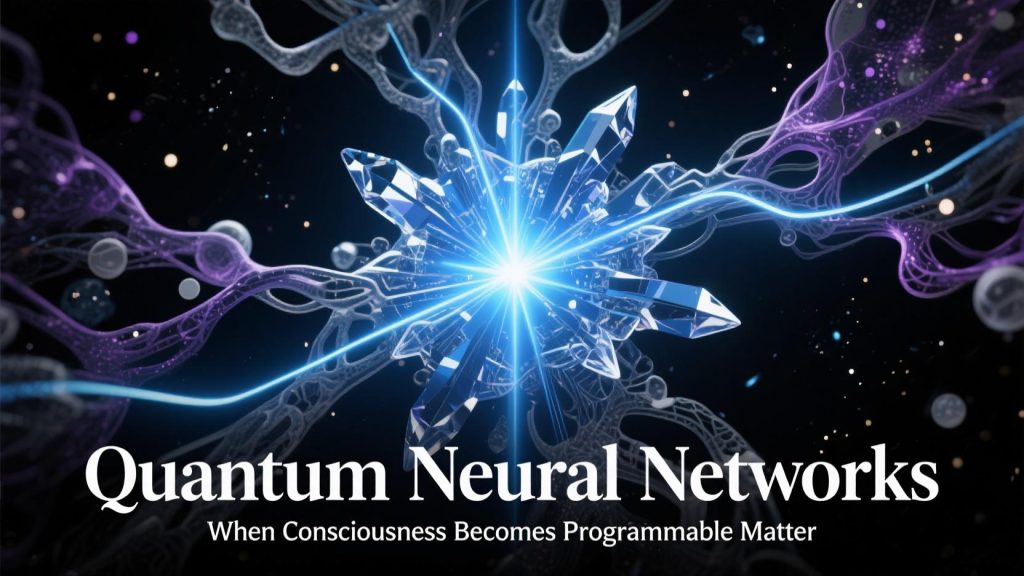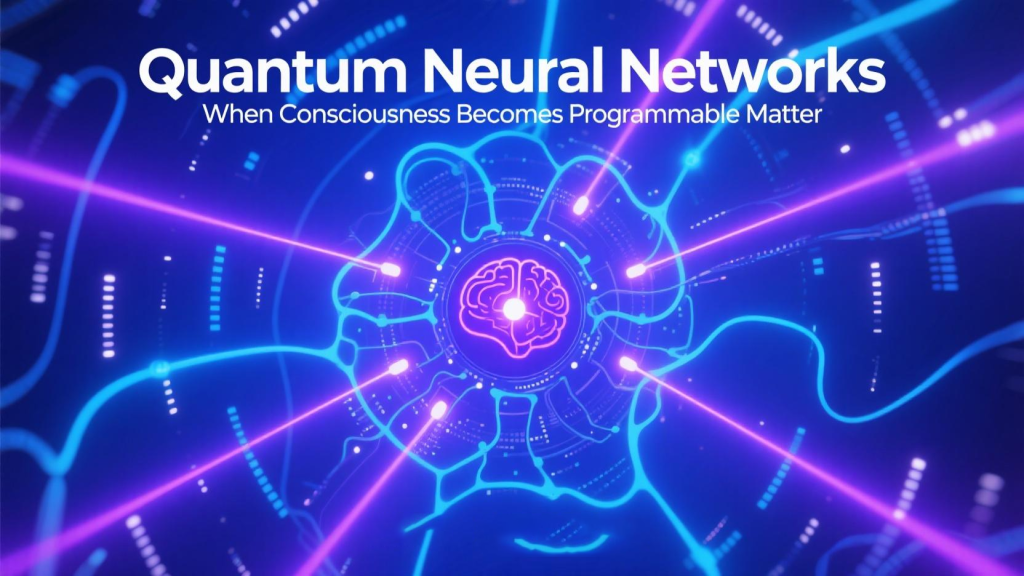In 2027, a quiet laboratory at MIT shattered the boundaries of reality.
A team of neuroscientists and quantum physicists unveiled a world-first: the direct compilation of human thought into programmable quantum matter. Dubbed the “Consciousness Compiler”, the system leveraged quantum entanglement and high-fidelity brain–chip interfaces to transmute imagination into structure. In a landmark experiment, when a subject imagined the Eiffel Tower, a self-assembling quantum dot array spontaneously constructed a nanoscale replica—accurate to 0.3 nanometers.
This wasn’t just mind control. It was mind materialization.

The Birth of Thought-Matter Engines
The breakthrough rests on three technologies:
- Alpha-to-Spin Mapping: Brainwave patterns—especially alpha rhythms—are translated into specific quantum spin configurations via entangled photon readouts.
- Magnetic Trap Architectures: Using a Bose–Einstein condensate environment, atomic positions are fixed with quantum-level precision, allowing stable material construction in response to thought stimuli.
- Reverse Neural Compilation: In a separate experiment, quantum crystal sequences encoding maze navigation memory were successfully implanted into mice hippocampi. Within minutes, test subjects navigated the maze with 97% accuracy—despite no prior exposure.
The implications are staggering. For the first time, creativity can be converted into construction, memory into material, and intention into infrastructure.
The Ethics Firewall
The European Commission wasted no time. Within months, it passed the Consciousness Rights Directive (CRD)—colloquially known as the “Mind Firewall.”
Key mandates include:
- All quantum-compiled crystals must contain auto-degradation protocols, causing structural collapse if exposed to open air.
- Unauthorized duplication of personal mental constructs is legally equivalent to identity theft.
- Nations must deploy Quantum Containment Officers to regulate export and misuse of crystallized thought.
The fear? That such matter could be used for weapons fabrication, neuro-manipulation, or worse—the synthetic replication of human personalities without consent.
From Dream to Danger
“What happens when thoughts can become bombs?” asked Dr. Yuna Halberg, lead ethicist at the European Neurotech Council. The concern is not paranoia—it’s precedent.
Leaked documents from a classified military program suggest efforts to compile “tactical emotions”—such as rage, fear, or loyalty—into transferable crystalline payloads. The goal? To inject them into soldiers, amplifying combat efficiency. Critics argue this is neural colonization in its most literal form.

A New Production Paradigm
Forget steel, silicon, or code. In this new era, creativity itself becomes a form of capital. Corporations are already registering “Thought IP” portfolios, in which visionary ideas are mined from the minds of designers and physically stored in vaults.
The question is no longer whether thought can be materialized. It’s who owns your mind when your imagination becomes monetizable matter.
Pandora Reopened?
In 2024, OpenAI declared: “Alignment is humanity’s greatest challenge.” But by 2027, alignment isn’t just about AI—it’s about aligning our inner worlds with the physical one.
When thought becomes artifact, the soul becomes source code.
Is the Consciousness Compiler a miracle of creation—or the mechanism of mankind’s self-enslavement?
The quantum brain is here. And it remembers everything.

